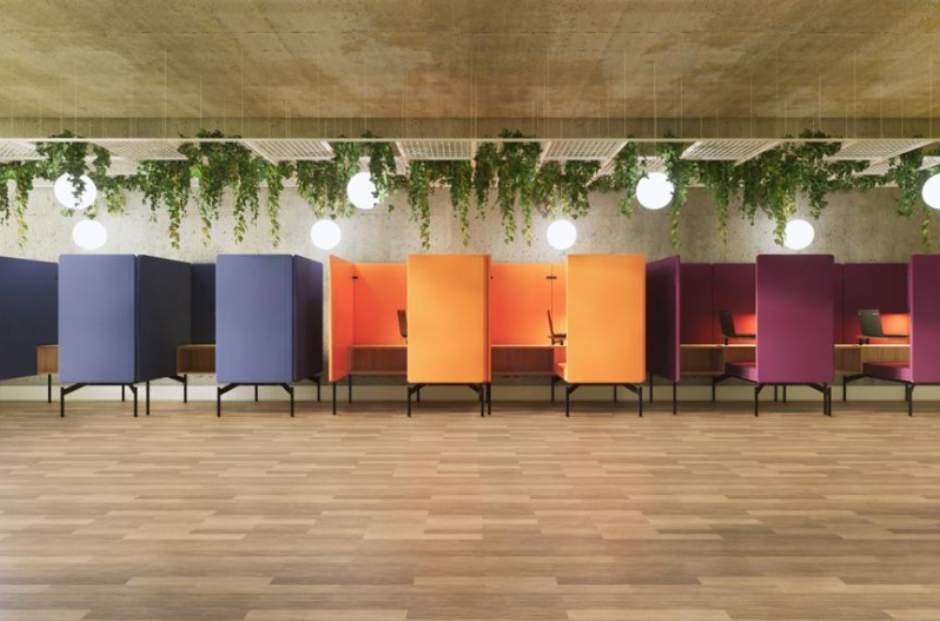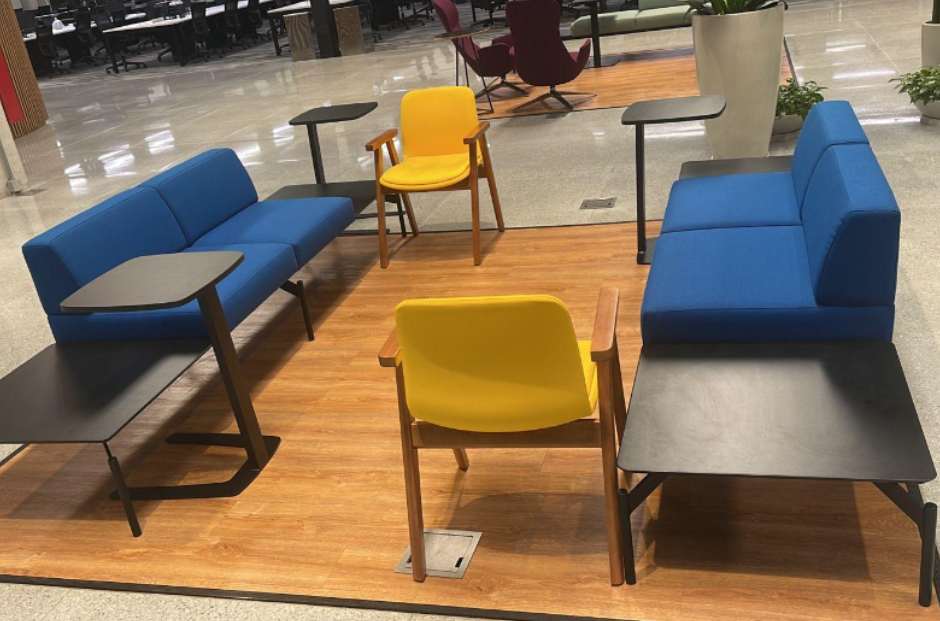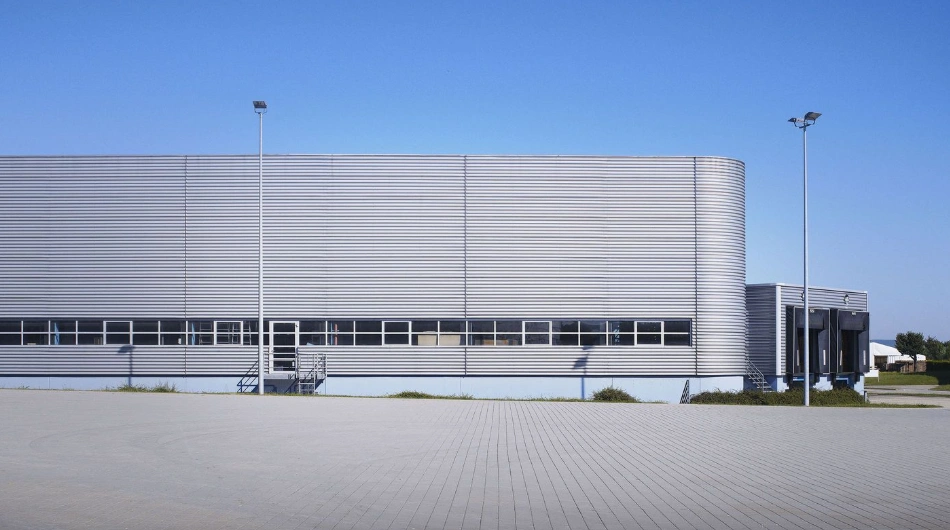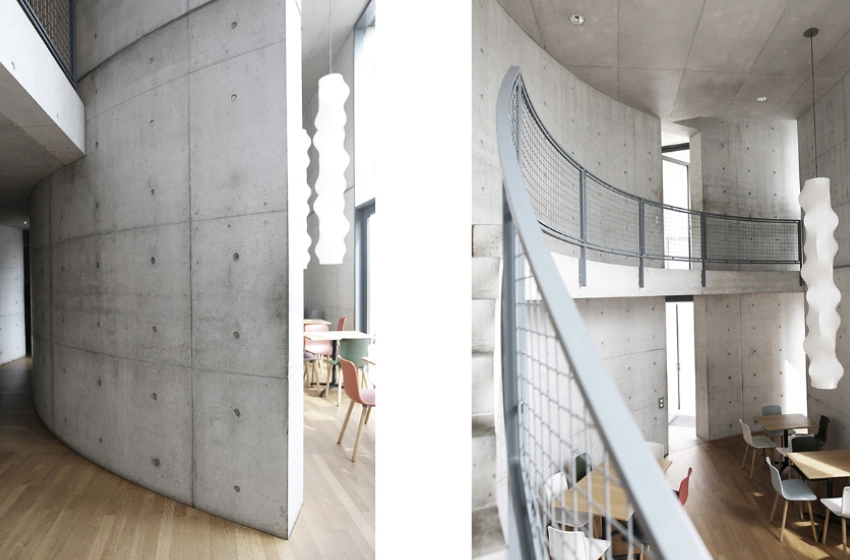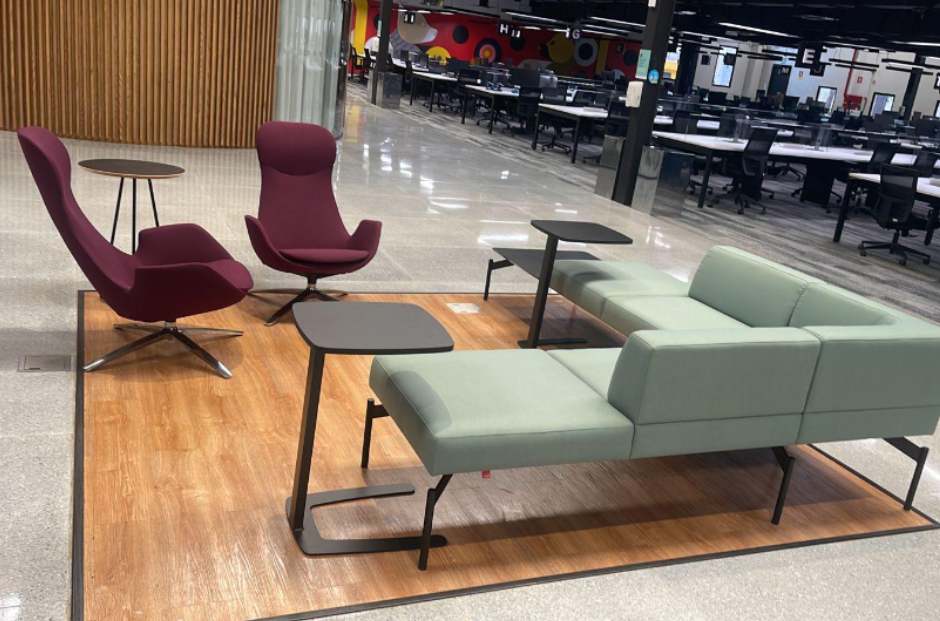
Organizational Culture and Architecture: An Undeniable Symbiosis
A company’s corporate culture transcends simply what it does or sells; it is the personification of the values, beliefs, and principles that guide it.
This culture, often intangible and ethereal, has a dominant influence at all operational levels of the organization. From how leaders make strategic decisions to the daily interactions between employees, culture shapes behaviors, sets priorities, and establishes the overall direction of the business.
In many ways, it can be said that culture is the beating heart of the company, providing both motivation and guidance for its trajectory.
In contrast, corporate architecture is the physical and tangible expression of this culture. Just as a theater serves as a stage for actors to present a story, the design and layout of a workspace become the setting where organizational culture is experienced and presented.
The choice of colors, the arrangement of furniture, collaboration areas versus private spaces – each architectural detail communicates and reinforces aspects of the company’s culture. If done correctly, the workplace can serve as an amplifier of culture, encouraging practices and behaviors aligned with the company’s values.
However, a disconnect between organizational culture and corporate architecture can generate dissonance and confusion. If the company preaches openness and collaboration, but has closed and isolated offices, the message sent to employees is contradictory.
Therefore, it is imperative that business leaders recognize the deep interaction between culture and physical space. By ensuring both are aligned, companies not only reinforce their identity and mission, but also create an environment where employees feel truly part of something bigger.
Aesthetics as a reflection of the company’s values
- Inclusive design: environments that promote accessibility and diversity.
- Embedded sustainability: use of recycled materials and ecological solutions, reflecting an eco-conscious culture.
- Colors and textures: from the serene palette that reflects a calm and cohesive approach, to vibrant colors that exude energy and innovation.
The Profound Impact on Employees
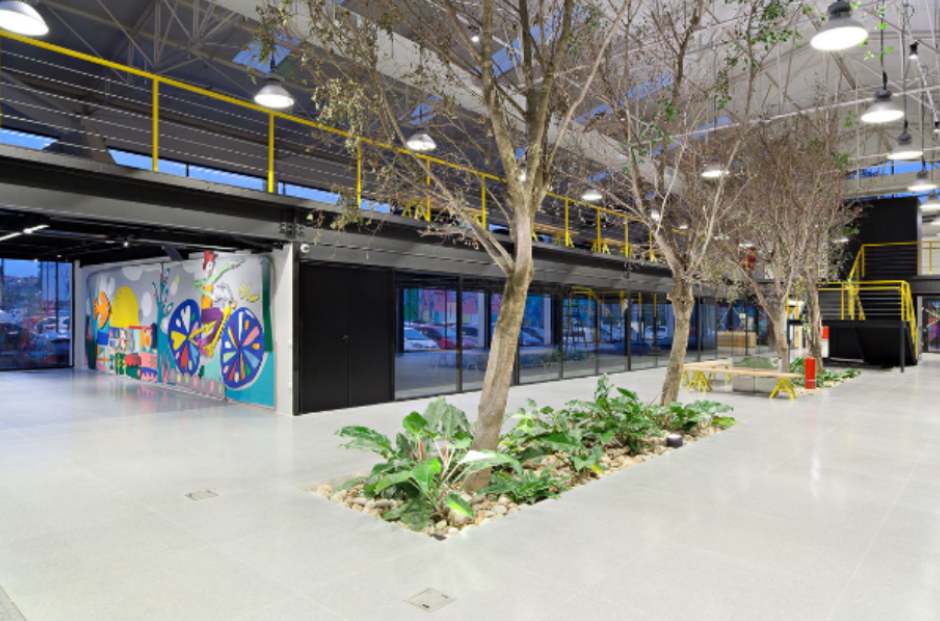
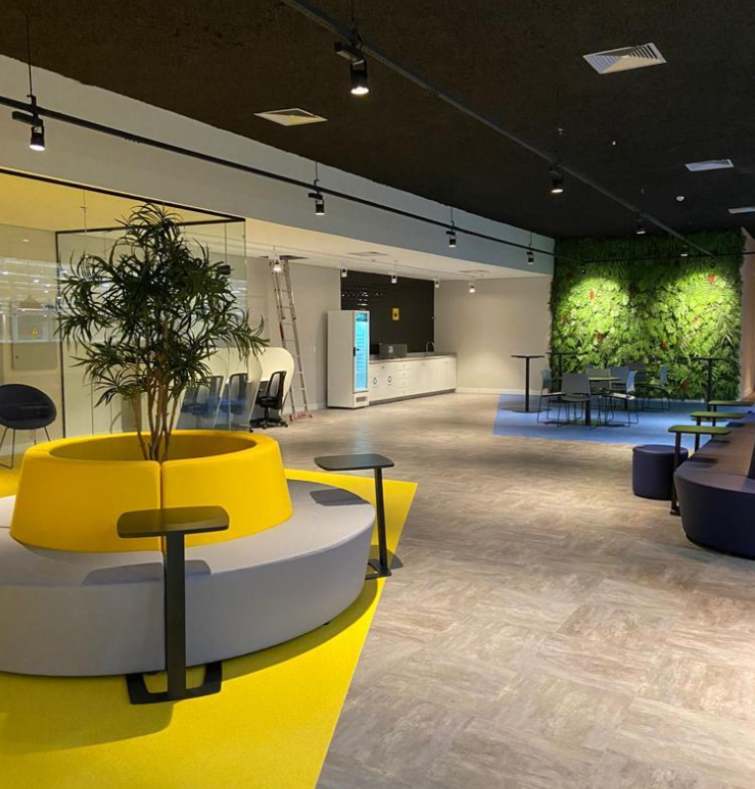
As Frank Lloyd Wright, a renowned architect, once said: “We shape our buildings, and then they shape us.”
Frank Lloyd Wright, with his visionary insight, captured the essence of the symbiotic relationship between corporate architecture and those who inhabit these spaces. When a company dedicates itself to designing a space, it is, in a way, sculpting a monument that reflects its culture, values, and aspirations.
Every element, from the office layout to the breakout areas, is a testament to the vision the organization has for itself and its employees. By fashioning buildings that embody organizational culture, companies are, in effect, solidifying and reaffirming that culture, making it an integral part of the daily fabric of corporate life.
However, the true genius of Wright’s statement reveals itself in the second part of the equation. Once these buildings are constructed and become inhabited, they exert a powerful influence on employee behavior, emotions, and perceptions.
A bright, open office can promote collaboration and creativity, while a labyrinthine design with little access to natural light can stifle innovation and reduce morale.
Thus, corporate architecture is not just a reflection of organizational culture; it acts as an active force, shaping and directing the evolution of that culture. The relationship between space and occupant is, therefore, cyclical: we create our environments and, in turn, are recreated by them.
Spaces that fuel motivation
- Places for relaxation: essential for recharging and promoting well-being.
- Collaborative spaces: promoting creative exchanges and brainstorming.
- Ergonomic design: showing the company’s commitment to the health and comfort of employees.
Effective Office Architecture Strategies
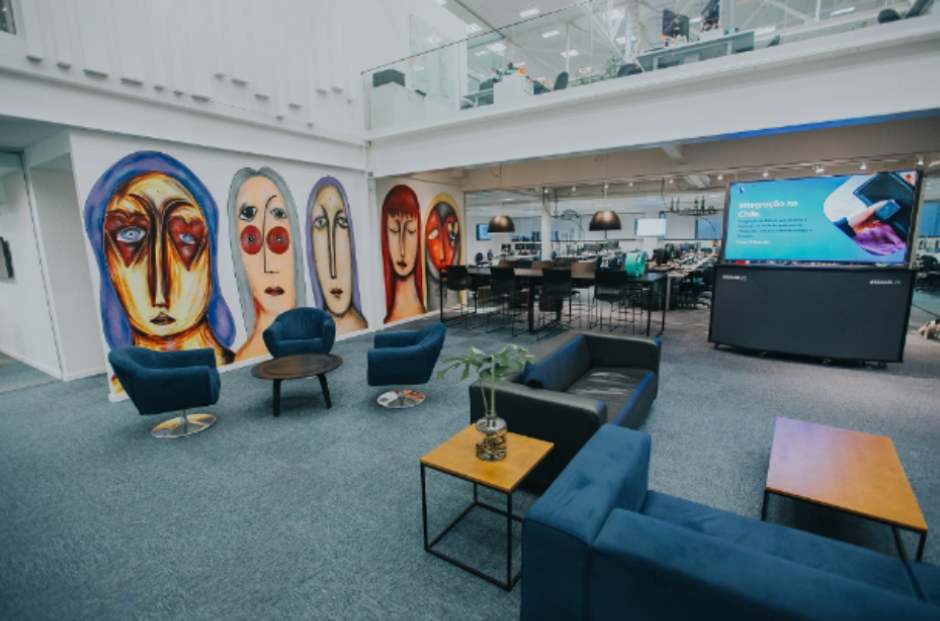
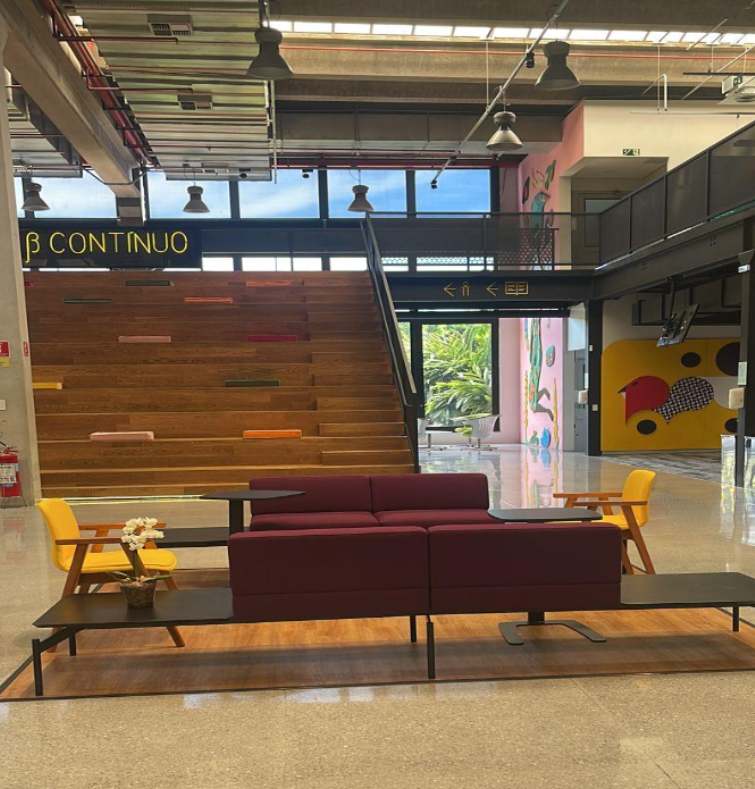
Strategy, often seen as the master plan that guides a company’s direction, is equally crucial in the field of architecture. Just like in business, where a well-defined strategy can be the difference between success and failure, architecture, guides the creation of spaces that not only satisfy immediate needs but also anticipate and adapt to future changes.
A robust architectural strategy considers all aspects, from site selection, and use of sustainable materials, to the integration of emerging technologies, ensuring that the built space is functional, aesthetically pleasing, and durable. Just like in business, a strategic approach to architecture seeks to optimize resources, maximize value, and create solutions that stand the test of time.
Prioritizing Flexibility
- Modular rooms: adaptable to changing needs.
- Multipurpose spaces: serving multiple functions, from formal meetings to brainstorming sessions.
Incorporating Local Culture
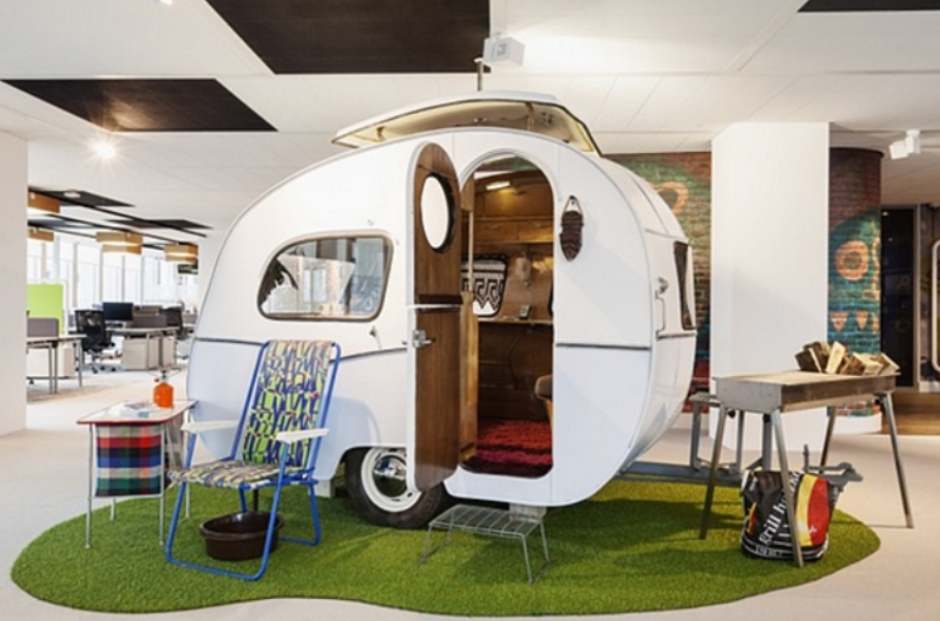
- Local art and design: reinforcing roots and showing respect for the community.
- Themed spaces: reflecting the heritage and traditions of the region.
Companies that Stand Out for Corporate Architecture
The confluence of architecture and organizational culture has created wonders in the corporate world. Let’s look at some examples:
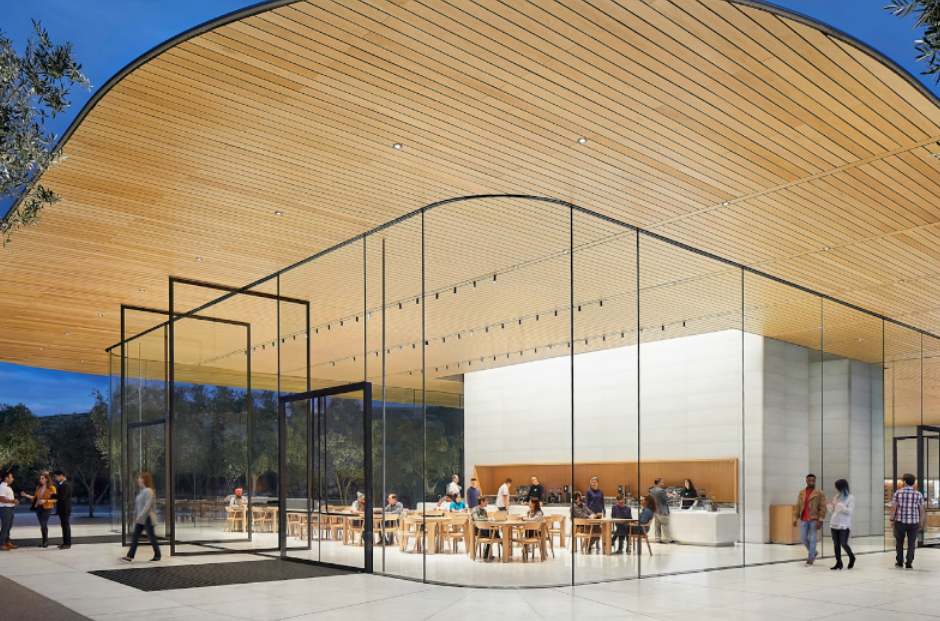
- Apple: Apple Park, with its minimalist aesthetic, reflects the company’s passion for simplicity and innovation.
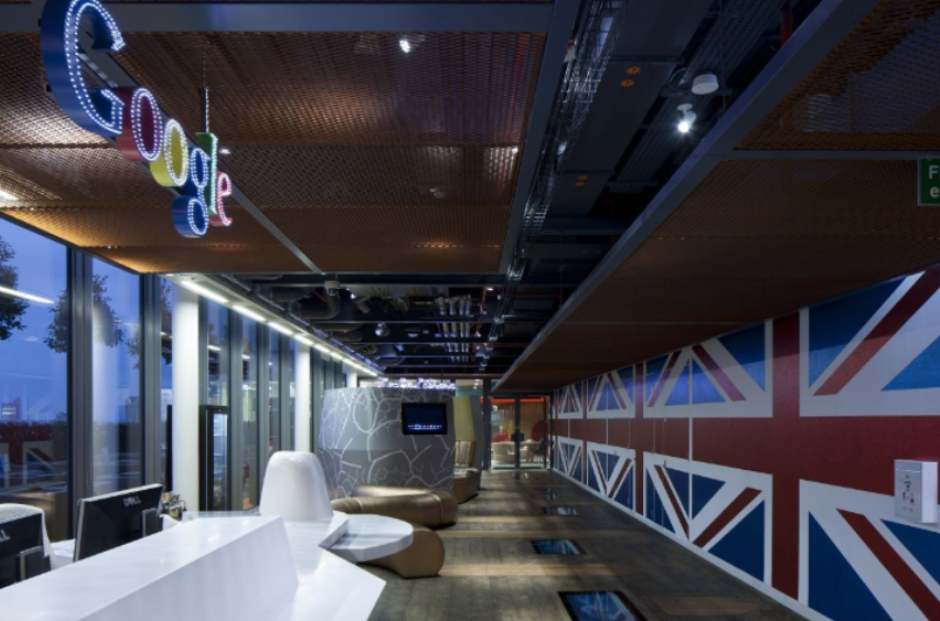
- Google: Google offices around the world, with fun designs and bright colors, speak to its mission to make information accessible and useful.
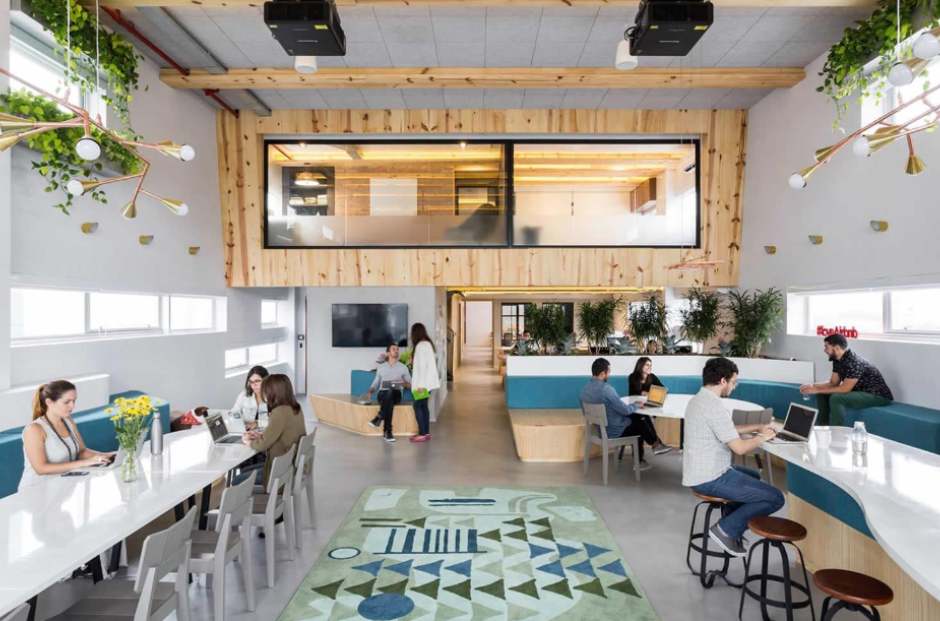
- Airbnb: Their offices evoke a “home away from home” feeling, in line with their vision of connecting people globally.
The Authority’s View

According to Norman Foster, one of the most prolific architects of our era, “Architecture is an expression of culture.” The key, therefore, is to create spaces that not only serve a functional purpose but also tell stories, reflecting an organization’s values and aspirations.
